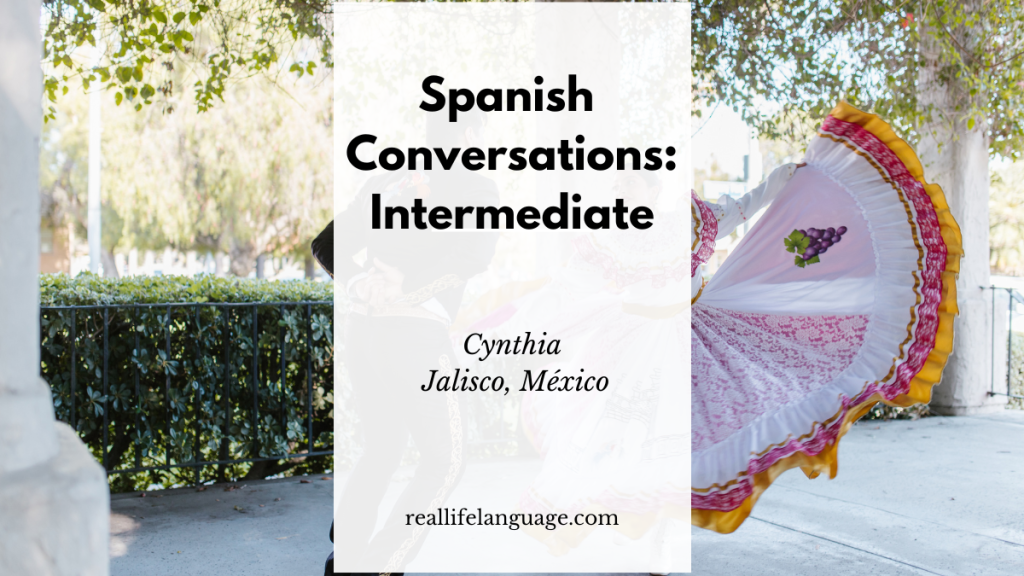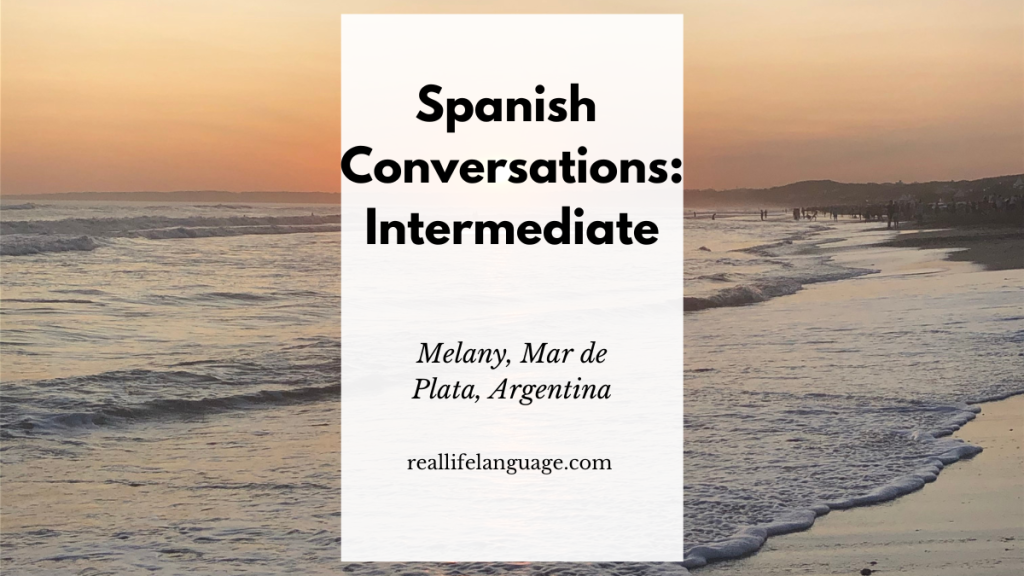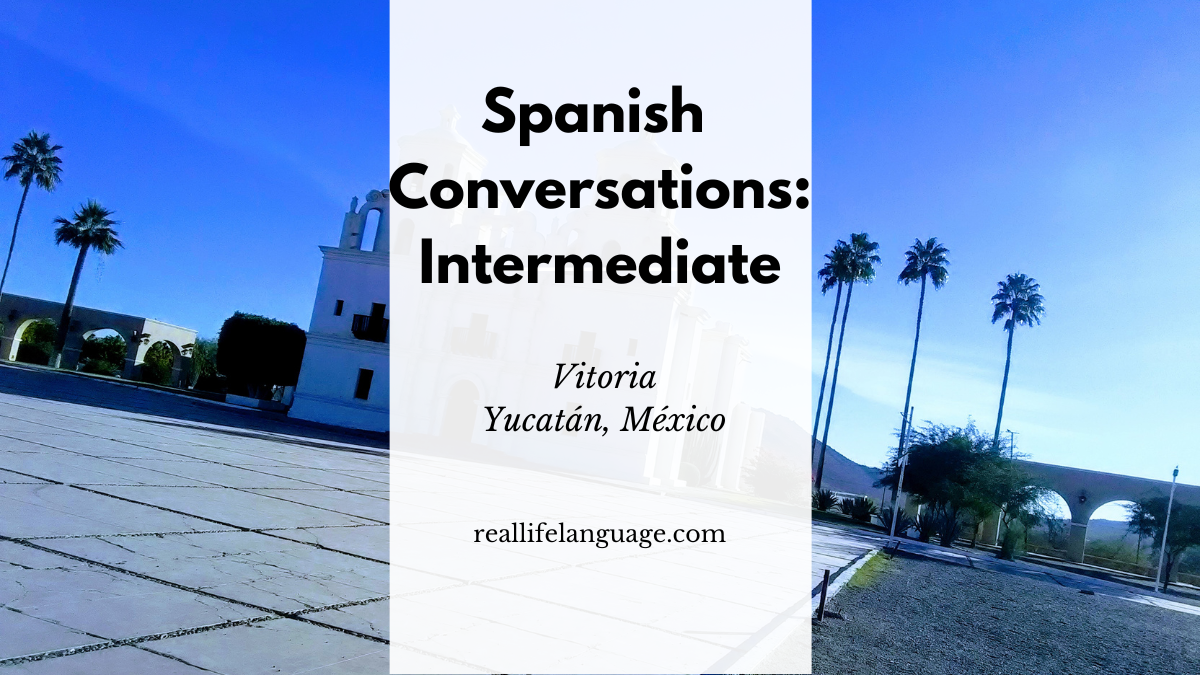
In this video “Spanish Conversation Intermediate Practice | Victoria, Merida, Mexico” I sit down with Victoria, a local from Mérida, to explore everyday life, culture, and tips that help learners improve their listening and speaking. If you want to Learn Spanish through real conversations, this article walks you through the highlights, key expressions, and cultural insights from our chat.
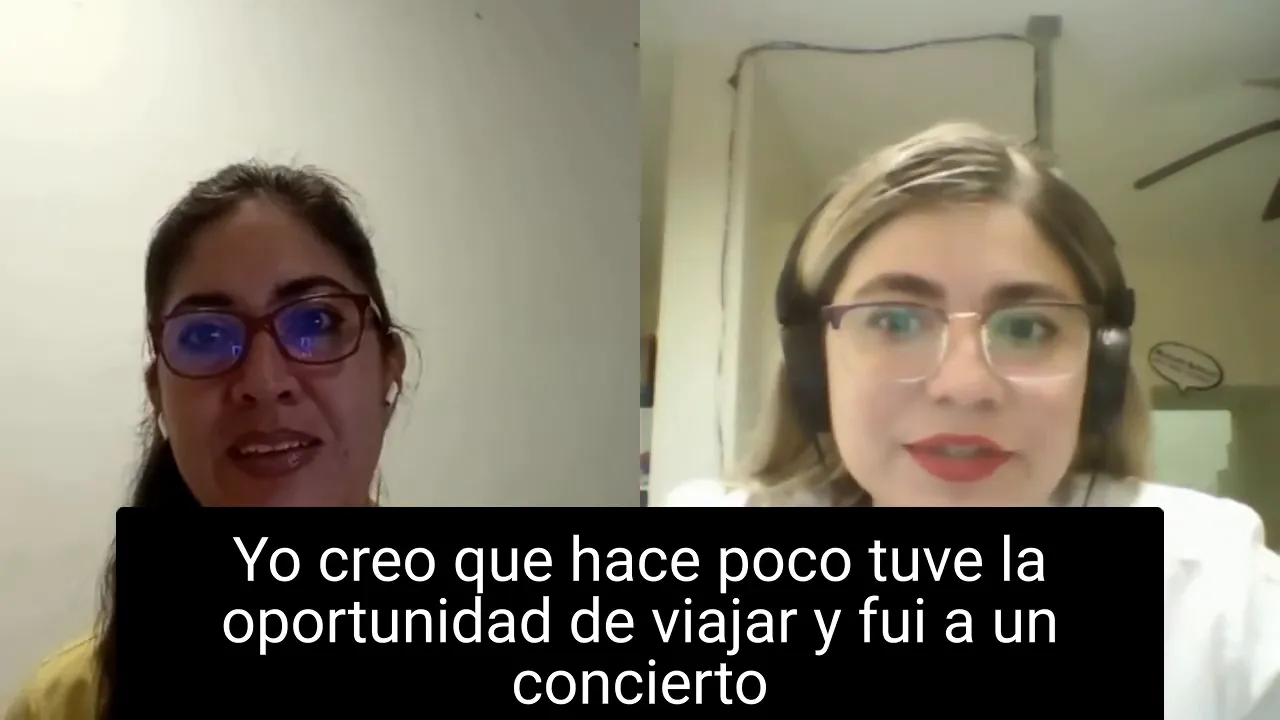
A memorable moment: concerts and travel
Victoria opens by sharing an unforgettable day: traveling to Mexico City to attend a concert of artists she admires. She describes the joy of meeting them, hugging them, and watching their performance — the dancing, singing, and connection with the audience. Moments like these are great conversation material for learners because they include emotional vocabulary and present-tense narration that helps you Learn Spanish naturally.
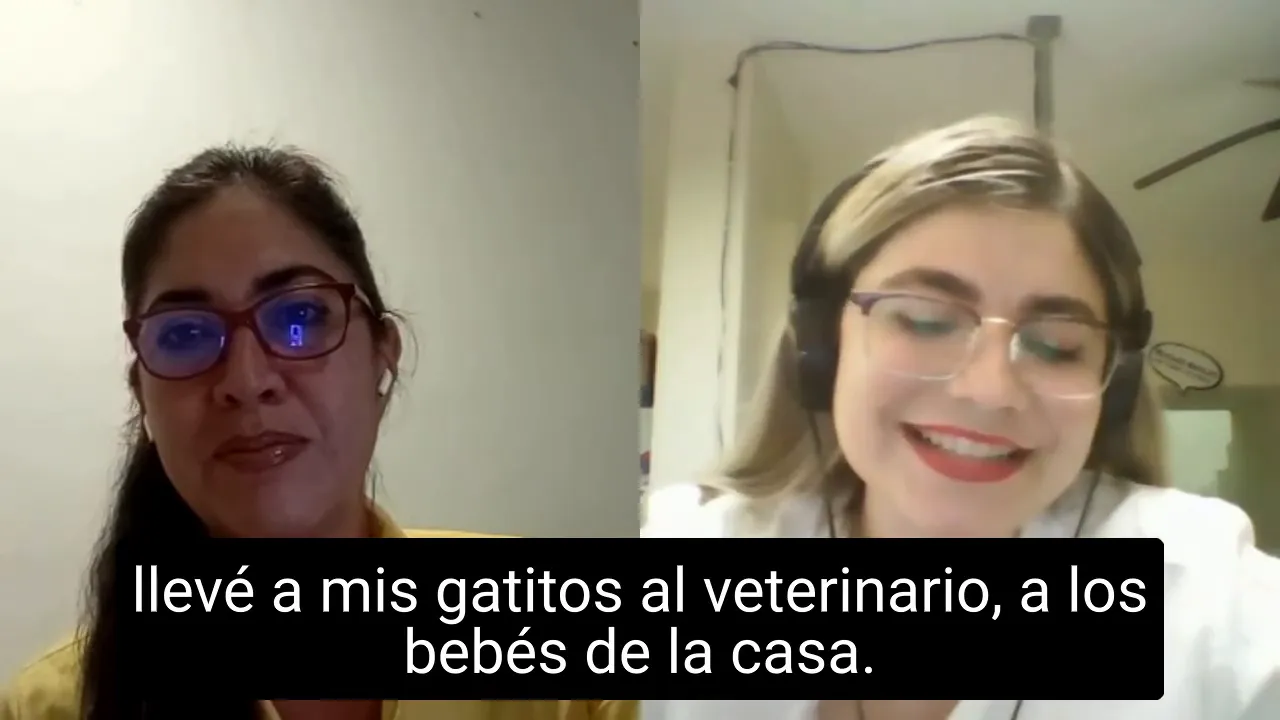
Weekend routines: small details that tell a story
Her typical weekend starts on Friday and continues with small, vivid details: buying groceries, waking up late on Saturday, taking the cats to the vet, running errands at the mall, enjoying delicious hamburgers, and a Sunday breakfast at a place where every dish features avocado. These everyday routines are full of practical vocabulary and sequencing words — ideal for anyone who wants to Learn Spanish about daily life.
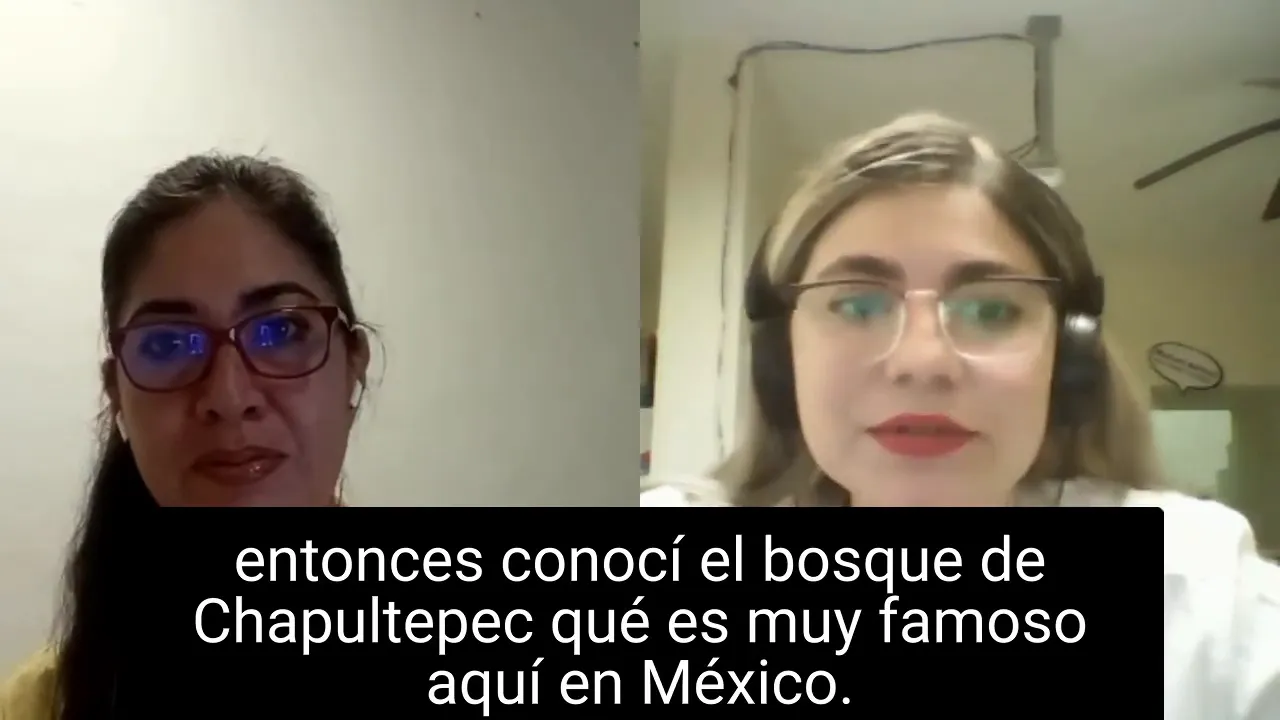
Exploring Mexico City: tourist highlights
Victoria had never been a tourist in Mexico City before this trip. She loved Chapultepec Forest and the Zócalo, and the chance to walk, disconnect, and meet people. Travel narratives like hers are rich with past-tense verbs and descriptive language — perfect exercises when you try to Learn Spanish through storytelling.
Looking ahead: studies, work and life goals
On the topic of the future, Victoria talks about continuing her studies. She just finished a master’s degree and hopes to pursue another specialization. She likes her job and might stay in Mérida for a few years, but she’s open to moving abroad someday — preferably to a cooler climate. These ambitions offer useful vocabulary for discussing education, work, and lifestyle choices as you Learn Spanish for real conversations.
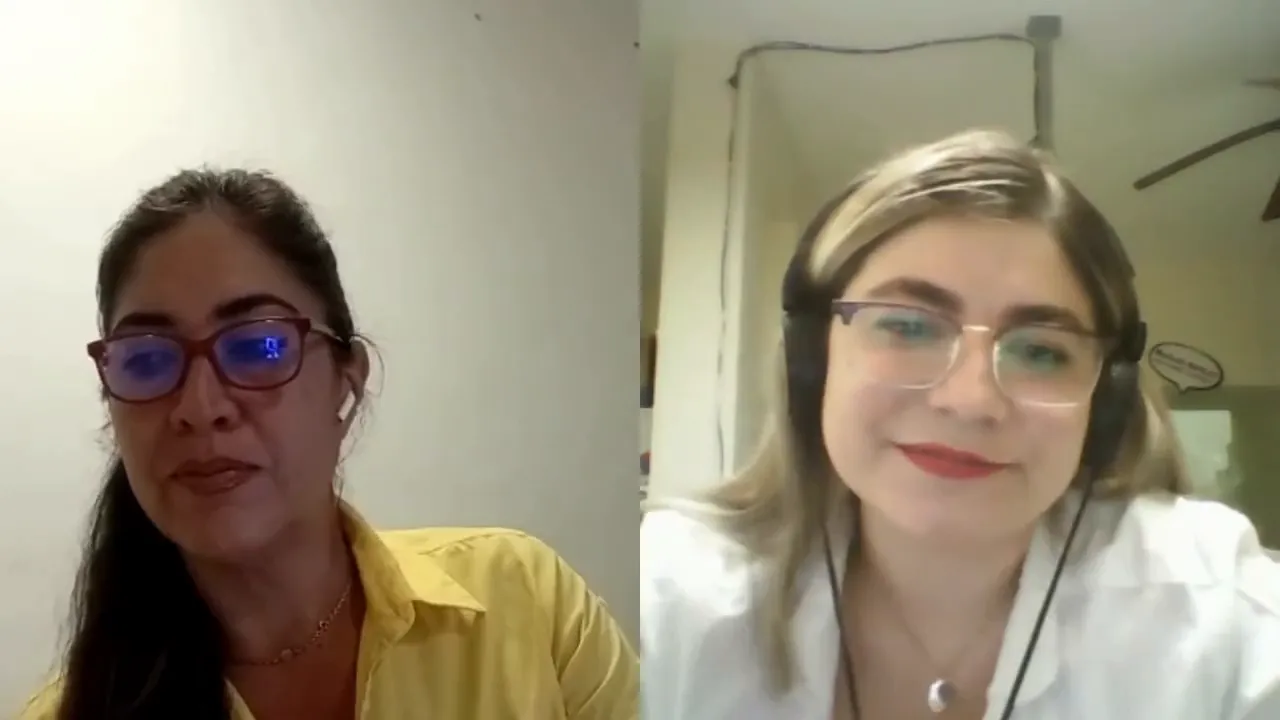
Friends, parties and what friendship means
Friendship, for Victoria, is a safe place: trust, unconditional support, honesty, shared values, and affection. She contrasts youthful parties (moving between places) with adult nights out where bars that allow dancing and conversation are preferred. This section shows how cultural norms shape language — learning phrases around emotions, obligation, and social life helps you Learn Spanish and understand nuance.
Culture, food and daily life in Mérida
Victoria describes Mexican culture as warm, colorful, and proud of its roots — especially Mayan influences in Yucatán. She highlights gastronomy, the welcoming atmosphere for tourists, and local crafts at bazaars. Everyday activities include eating out, dancing, and escaping to the beach, which is just 20 minutes away. These cultural details give learners context and vocabulary to Learn Spanish while talking about food, traditions, and hospitality.
Health, technology and teaching
Victoria explains that healthcare in Mexico mixes public and private systems so people generally have access to services. On technology, she balances pros and cons: it connects people worldwide and made teaching more accessible during the pandemic, but online lessons can be tiring and less personal. If you Learn Spanish with online classes, this is a helpful perspective on digital learning and how to keep students engaged.
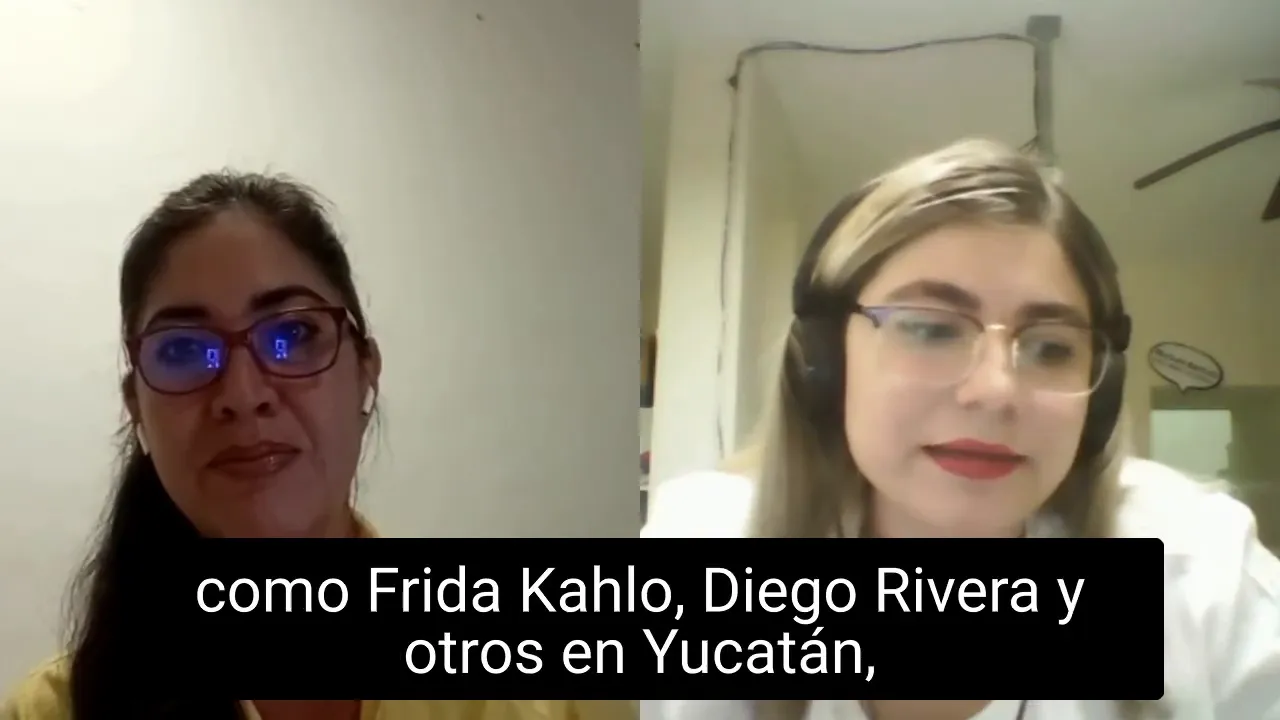
Nature, art and literature
Mexico’s ecosystems range from northern deserts to Yucatán’s mangroves and bougainvillea-lined streets. Art is always present — from Frida Kahlo and Diego Rivera to local trova music (a relaxing guitar style you can hear in bars). Victoria also mentions literature she enjoys, including Ángeles Mastretta and García Márquez, showing how reading and music enrich language learning as you Learn Spanish through culture.
Work life and practical advice
Employment can be uneven: some people find opportunities quickly, while others face low pay and limited mobility. Victoria notes that university social service (práctica) can help recent graduates enter the workforce. Her advice is simple: work hard, be grateful, and remember what it took to get where you are — words that apply to both life and language learning when you Learn Spanish consistently.
Key phrases and practice tips
- Use present and past tenses to narrate events (e.g., “Fui a un concierto” / “I went to a concert”).
- Practice describing routines: “Los fines de semana me gusta…”
- Learn vocabulary tied to culture: gastronomy, festivals, and local music genres.
- Balance online and in-person practice to build speaking confidence.
Whether you want to Learn Spanish for travel, work, or personal growth, listening to authentic conversations like Victoria’s helps you build vocabulary, understand cultural context, and practice natural speech patterns. Take small steps, repeat stories, and try to retell them in your own words — that’s one of the best ways to Learn Spanish effectively.
Final thought: Real conversations are full of small details and emotions. Use them as your roadmap — and keep practicing.
100s of videos to learn Spanish:
https://real-life-language.kit.com/b1531a6404
Learn Spanish: Intermediate Conversation Practice — Everyday Life, Culture and Useful Phrases
